How Our Fight for 4 Species Helped Save the Sierra Nevada
A decades-long fight for four imperiled species — and an entire landscape — is nearly complete.
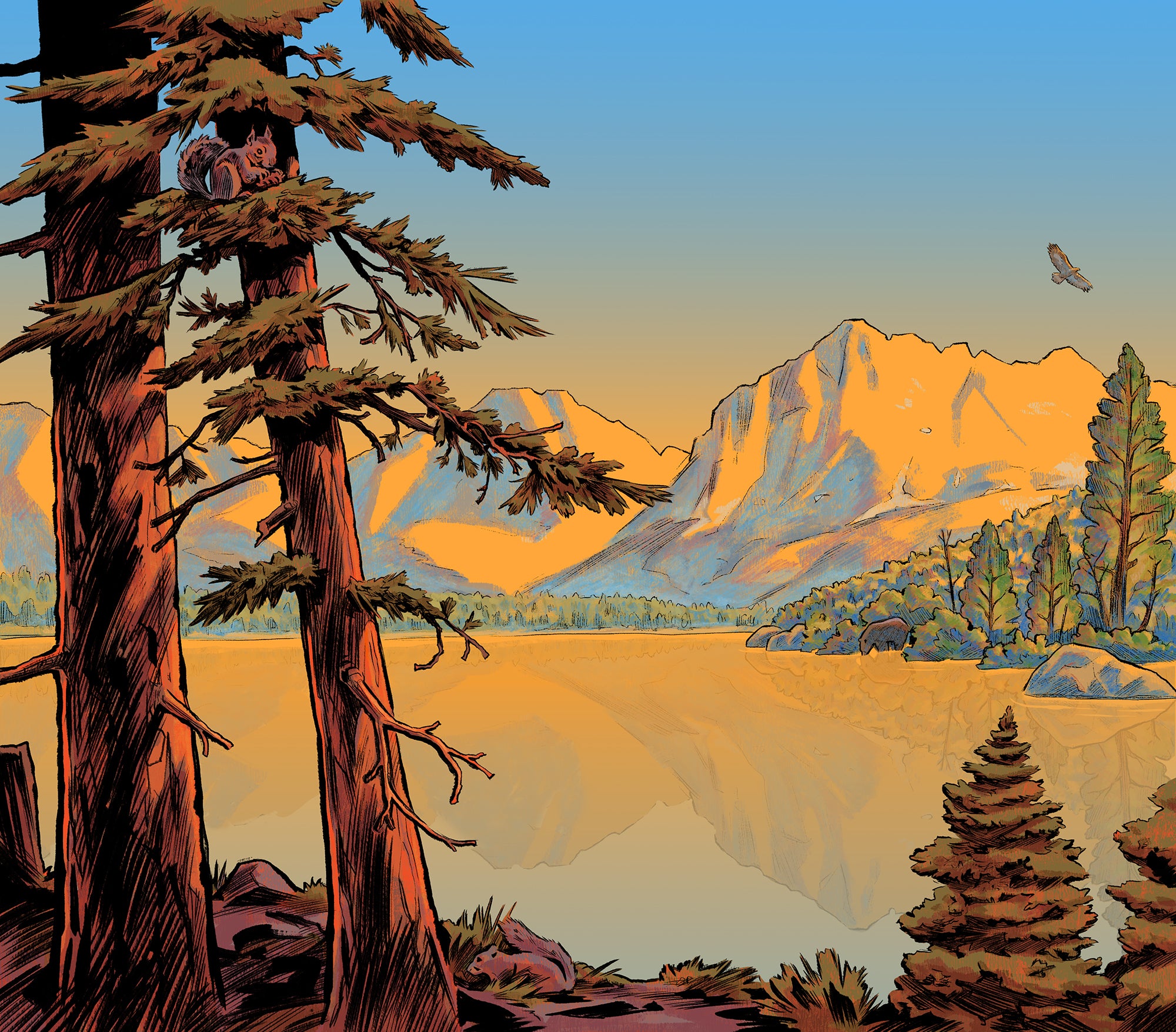
This page was published 2 years ago. Find the latest on Earthjustice’s work.
Deep in eastern California lies a glacier-carved landscape so lofty and vast it creates its own weather.
Each year, the Sierra Nevada mountains draw millions of people to hike among pale granite peaks, swim in alpine lakes, and stand among towering trees of pine, cedar, and fir. A global biodiversity hotspot that attracts researchers and wildlife enthusiasts alike, visitors to the Sierra might see black bears, mule deer, or even bighorn sheep, as well as many birds and amphibians.
Yet decades of mismanagement and abuse have exacted a heavy toll on the Sierra’s precious natural resources.
Beginning with the arrival of Europeans in the 1800s and accelerating rapidly after World War II, unrestricted development largely ruled the Sierra landscape. Loggers practiced a “cut and get out” mentality that left miles of tree stumps littering the west like wooden headstones; angler enthusiasts stocked the thousands of naturally fishless, high alpine lakes with ravenous trout that devoured native amphibian species; and ranchers allowed throngs of cattle to trample grasslands and riparian areas, muddying and polluting streams.
While government agencies like the U.S. Forest Service oversaw this destruction, scientists warned that these harmful practices threatened an ecological wonder that is home to hundreds of species and some of the largest trees in the world.
Conservationists knew they had to fundamentally change the way that people saw the Sierra. With the help of Earthjustice, a powerful legal tool called the Endangered Species Act (ESA), and the seeds of a strategy first planted in the Pacific Northwest, they created a plan to protect four key critters that would force the government to develop an ecosystem-based approach for an 11.5-million-acre expanse of land. They called these critters their “Sierra Species.”
Over the next few decades, the fight to get federal protections for the mountain yellow-legged frog, the Yosemite toad, the Pacific fisher, and the California spotted owl would change forest management in the Sierra forever. In 2024, this decades-long battle will come to a long-awaited end when the last of the four species, the California spotted owl, is expected to finally get Endangered Species Act protections.
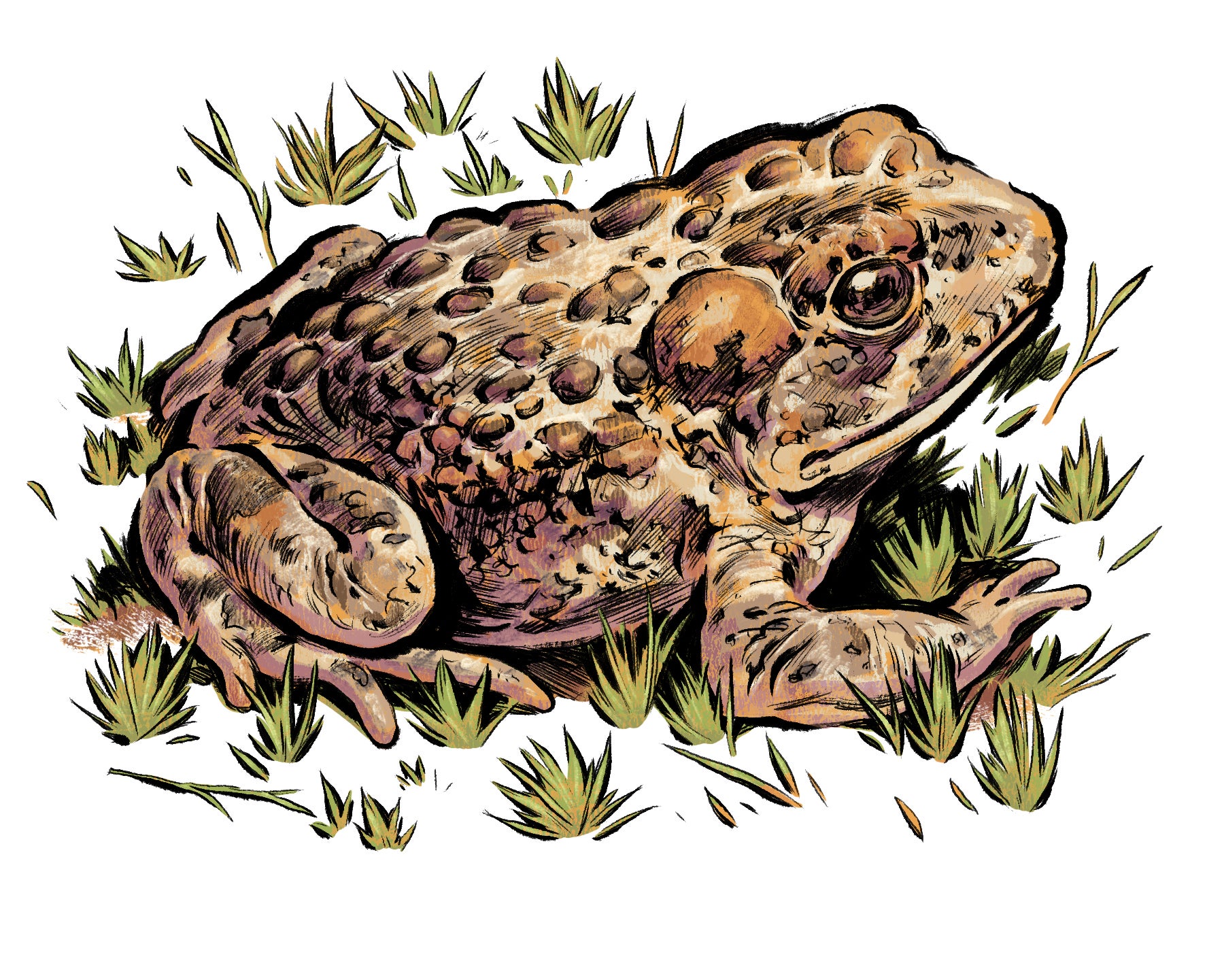
The Yosemite toad is a critical food source for native birds, snakes, and other critters in the harsh alpine climate. (Illustration by Emily Schnall)
In the late 1980s, Craig Thomas could see the destruction of the Sierra firsthand through countless road trips and aerial flyovers across the landscape.
“We were liquidating old-growth forests as fast as we could,” says Thomas. “We nearly whacked them all.”
Thomas, at the time the conservation director of Sierra Forest Legacy, decided to join up with Noah Greenwald at the Center for Biological Diversity, which had been using the Endangered Species Act to force the government to protect imperiled species and the ecosystems they depend upon.
Passed in 1973, the Endangered Species Act is a powerful environmental law that establishes a fundamental right to exist for the animal and plant species with which we share our planet. Today, more than 99% of species listed under the act have avoided extinction.
In 2000, the Center for Biological Diversity and its allies began petitioning the government to protect threatened species whose survival was intricately tied to the Sierra ecosystem. It started with the mountain yellow-legged frog and the Yosemite toad, two medium-sized amphibians that reside and reproduce in the Sierra’s pristine high-elevation lakes, streams, and meadows. Later, it added the Pacific fisher, a small but ferocious carnivore related to otters and wolverines that hunts and hides in the Sierra’s dense forest canopy. And finally, it petitioned to list the California spotted owl, a medium-sized raptor that nests in the knotty crevices of old-growth trees. All four animals, once prevalent in the Sierra, had since largely disappeared from the landscape due in large part to the overreach of extractive industries.
Listing petitions include everything from information about the species’ natural history, habitat requirements, current threats, and a roundup of the latest scientific research. Most importantly, the petition lists the ways the government is failing to protect the species.
But government inertia and industry pushback can transform a petitioning process that by law should take no more than two years into a seemingly never-ending endeavor. The coalition turned to Earthjustice, whose own expertise in using the law to protect imperiled species was forged years earlier in protecting a cousin of the California spotted owl. Those efforts, which came to be known as the “Timber Wars,” ended up completely transforming forest management in the Pacific Northwest.
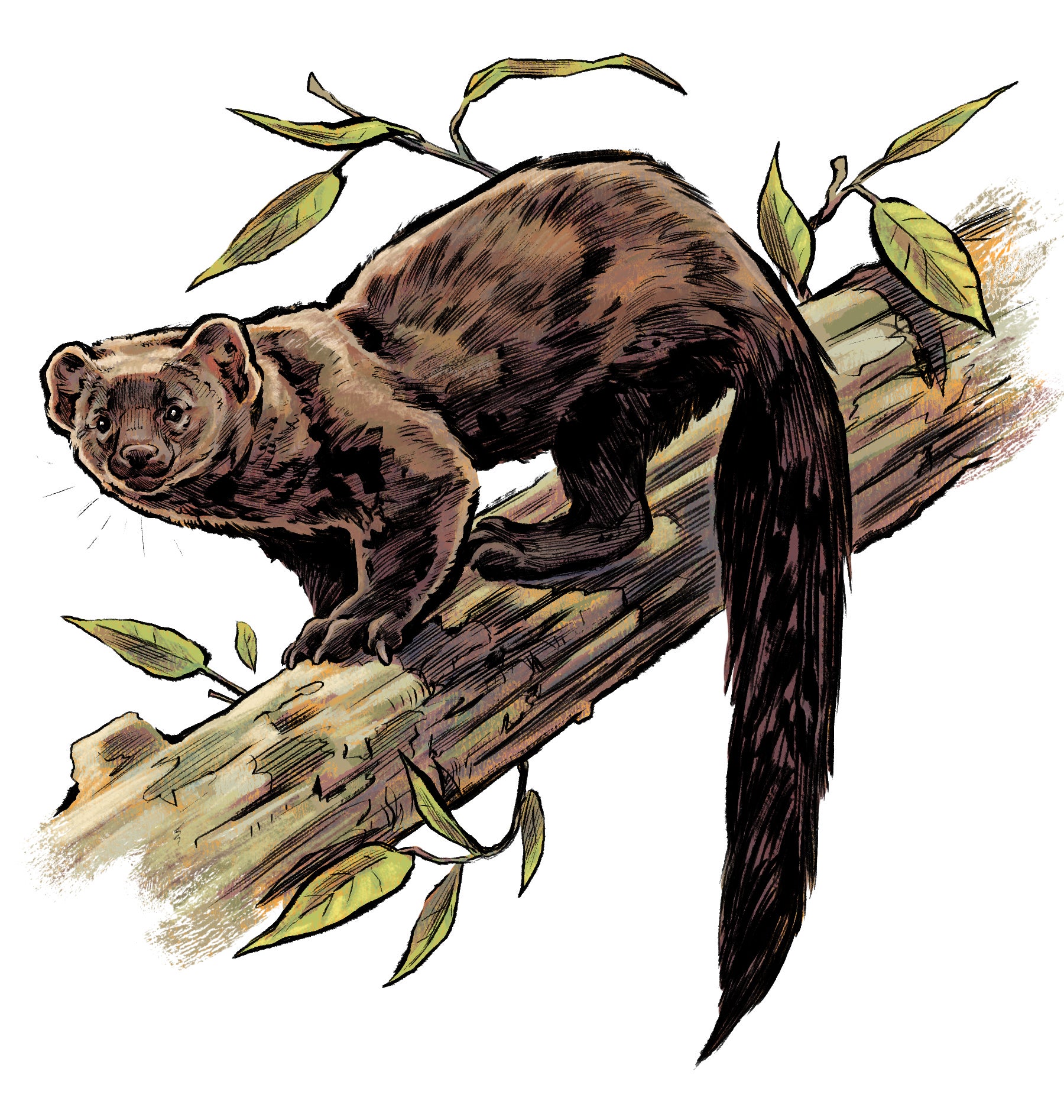
The Pacific fisher, a small carnivore related to otters and wolverines that hunts and hides in the Sierra’s dense forest canopy, was finally listed under the ESA in 2020. (Illustration by Emily Schnall)
Earthjustice attorney Greg Loarie grew up on the North Coast of California, where he spent his formative years watching the Pacific Northwest’s Timber Wars play out.
There, logging companies had mowed down between 60% and 90% of the old-growth forest in the Pacific Northwest, with loggers and regulators alike viewing the region’s tapestry of old-growth trees as dark, dank, and dying. This mindset threatened species like the Northern spotted owl, a cousin of the California spotted owl that also depends on the region’s big, healthy trees for survival. Earthjustice sued to protect the owl under the Endangered Species Act, eventually forcing government agencies to completely change how they manage forests to better serve people and ecosystems.
When Loarie arrived at Earthjustice in 2000, still in law school and right as the four Sierra species petitions were filed, he was eager to walk in the footsteps of legal giants at the organization he had heard about in newspapers and classroom discussions.
“These mythical people were doing this incredible work,” says Loarie. “Getting to come here and work in the same organization, doing similar kinds of work, it was like a dream come true.”
Once the coalition filed petitions for the four species in 2000, Earthjustice backed them up by filing lawsuit after lawsuit as the government dragged its feet, missing deadlines and ignoring science.
Throughout these multiple lawsuits, Loarie remembers feeling a moral outrage he says can dull over time after attorneys come to expect bureaucratic inertia and delay. But it’s good to remember that the many years and trips to the courthouse it routinely takes for species to receive protection under the law is in fact outrageous, says Loarie, because they are often hanging on by a thread.
“Like everything in youth, the lines just felt so much more like black and white. And I remember feeling like, how could the government possibly ignore this?”
While the lawsuits played out, other coalition members used the threat of being continually hauled back into court to push regulators and extractive industries to identify their own solutions for protecting these species.
“The anxiety that the listing petitions caused to the government and industry gave us a foothold in the conversation about what land management should be,” says Thomas, who left Sierra Forest Legacy in 2018. In an emotional landscape where Thomas and his family often faced multiple death threats, “the lawsuits gave us leverage, and sometimes it was the only tool we had.”
Eventually, the legal pressure paid off. Regulatory agencies started bringing scientists and ecologists to the table to manage the Sierra ecosystem holistically. Over time, they began removing trout from some historically fishless lakes, keeping livestock off riparian areas and away from waterways, and limiting logging of old-growth trees. These efforts helped mend a landscape that had been battered for decades, while also giving imperiled critters like the Sierra species a chance to recover from past harms and fend off new threats as they arise.
In 2014, the mountain yellow-legged frog and the Yosemite toad were finally listed for protections under the Endangered Species Act, with the Pacific fisher also getting listed in 2020. The last of the four Sierra species, the California spotted owl, is expected to receive protections in early 2024.
“The official listings ensure that the government won’t backslide on its commitment to protect these species until they are fully recovered,” says Loarie.
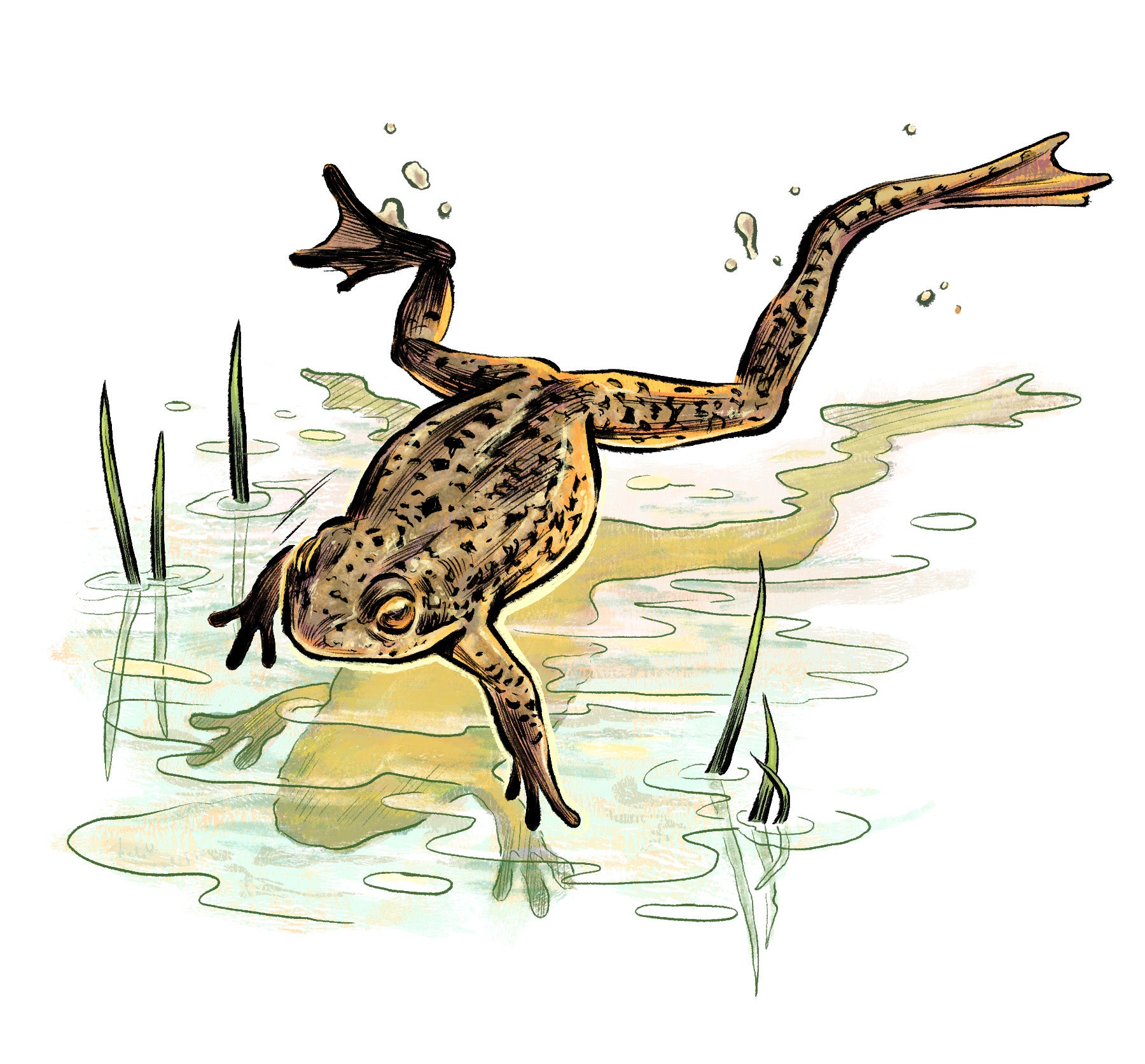
The mountain yellow-legged frog made a come-back after being listed for protections under the Endangered Species Act in 2014. (Illustration by Emily Schnall)
This past summer, a group of hikers set out near Yosemite National Park to spot the ultimate comeback kid: the mountain yellow-legged frog.
With the help of renowned ecologist Roland Knapp, the group of backpackers along with a Yosemite Conservancy trip leader spent several days walking along flower-filled meadows and turquoise-blue lakes. Once they reached Mono Pass, a high elevation landscape with views for miles, they were surrounded by life all around them: from the Clark’s Nutcracker indulging on purplish cones in the tall trees and white-tailed jackrabbits bouncing through the greenery to mule deer and bighorn sheep dotting the landscape. And last but not least, they saw plenty of yellow-legged frogs, from tadpole to fully grown.
Both mountain yellow-legged frogs and Yosemite toads are a critical food source for native birds, snakes, and other critters in the harsh alpine climate, which in turn serve as food for other animals higher up the food chain, like coyotes and bears. These amphibians used to be so prevalent that hikers would have to sidestep to avoid squishing them. Once the toads and frogs started declining, so too did many of these other species.
The recovery of the frog and toad is a product of both ecological resilience and the new management practices that were put in place because of the listings.
“I’d say the future looks really bright if you look over the long term,” says Knapp. “We’re literally seeing frogs in places now where we haven’t seen them in a hundred years.”
The Pacific fisher, listed in 2020, is also seeing small signs of recovery. Thanks in part to Earthjustice legal pressure, one of the largest timber companies on the west coast is helping fisher populations expand into new areas, and successful reintroductions of fishers have occurred in Olympic National Park in Washington State.
Still, threats remain to both the Sierra species and many other critters as the world experiences both a climate crisis and an unprecedented biodiversity crisis, which threatens one million species with extinction in the coming decades.
To combat these dual crises, Earthjustice continues to use the power of the Endangered Species Act to protect species both at the bottom and top of the food chain, as well as their homes. For decades, Earthjustice has used the law to preserve protection for keystone species like grizzly bears and gray wolves, and recently our tireless litigation resulted in ESA protections for wolverines, giving this fierce yet imperiled species a fighting chance at survival. We’re also suing the tire industry for killing legally-protected salmon, which serve as the basis of entire food chains, through the use of a harmful chemical in tires.
This year, as the Endangered Species Act turns 50, it’s more important than ever to both uphold and bolster this law as it faces unrelenting attacks led by Republicans in the House who are attempting to weaken the act by exempting, or picking off, individual species from legal protection.
“The ESA is still our most powerful legal tool in the fight against biodiversity loss,” says Loarie. “By using it to protect individual species, we can continue to protect entire ecosystems — and even begin to revive them.”
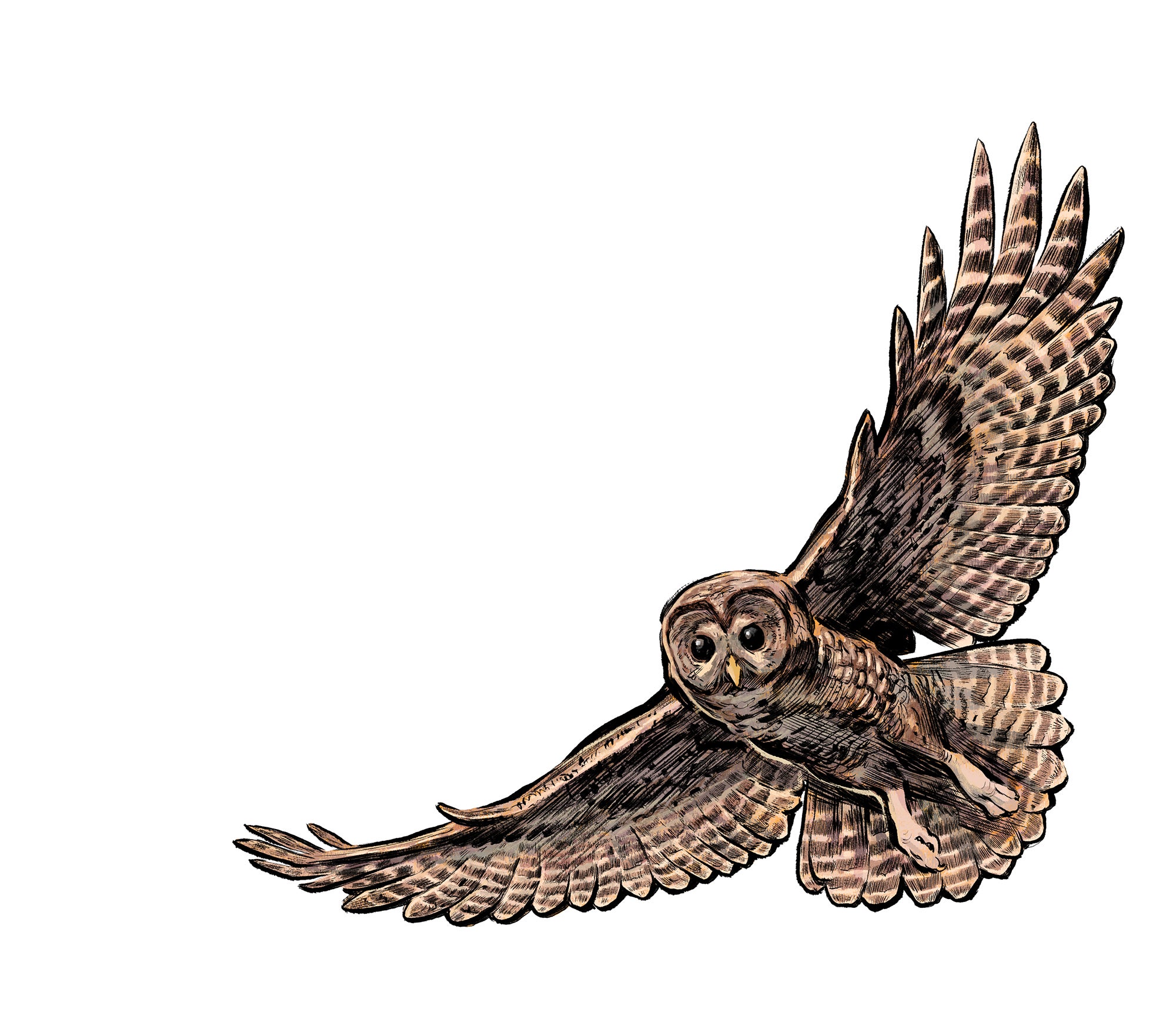
The California spotted owl will get ESA protection in 2024. (Illustration by Emily Schnall)
The Biodiversity Defense Program fights to reshape our relationship to lands, water, and wildlife everywhere by confronting the major drivers of the decline in nature, including habitat destruction and over-exploitation of wildlife.